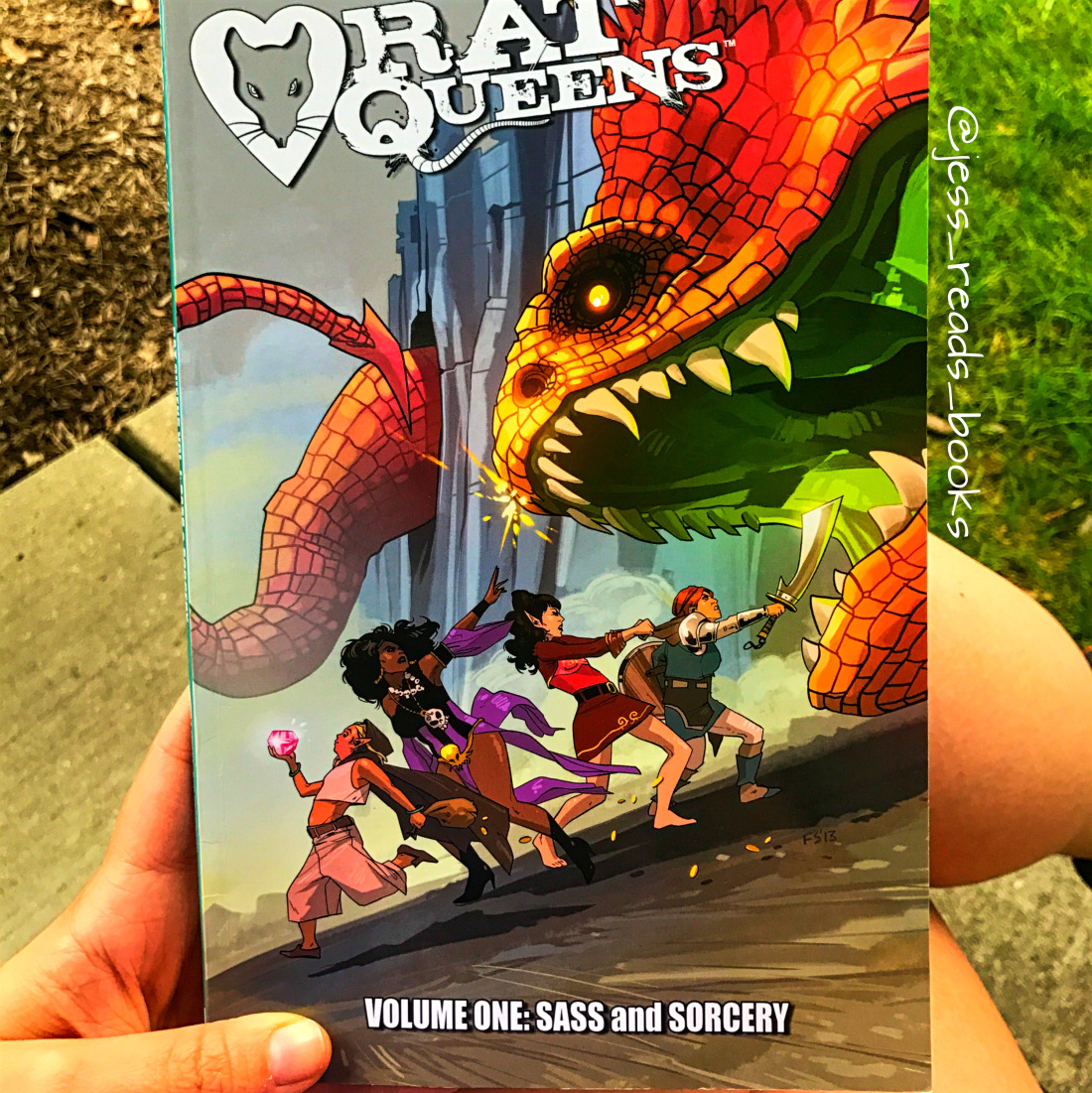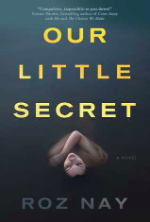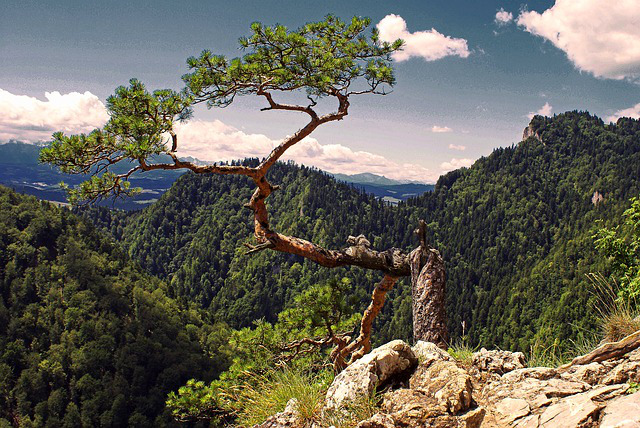
by NONA BLYTH CLOUD
I’m continuing this week with poets from different tribal backgrounds in honor of Native American Heritage Month.
Alienation is a common theme in the work of Native Americans, who frequently begin life speaking their people’s language, and then must adjust to English-only in order to get an education, often far from home, in the world of white America. But the influence of their first languages and traditional story-telling are still present in their work.
___________________________________________
Our first poet this week is Leslie Marmon Silko (1948 – ), who is of Laguna Pueblo, Mexican and Anglo-American heritage, which have all influenced her work, but she most often draws on Laguna myths and story-telling. After attending school on the Laguna reservation until the fifth grade, she was transferred to Catholic school in Albuquerque, away from her family and the familiar Keresan language of the Laguna, which she was forbidden to speak at the new school. In 1969, she received a BA from the University of New Mexico, and her first short story, “The Man to Send Rain Clouds,” was published. A 1971 National Endowment for the Arts Discovery Grant enabled her to pursue a writing career alongside teaching at the University of Arizona-Tucson. Her first book of poetry, Laguna Woman, was published in 1974. A MacArthur “Genius” Award allowed her to quit teaching. Although better known for her novels, especially Ceremony, a unique work that incorporates poetry and mythology, Marmon Silko has also published four collections of poems, including Voices Under One Sky and Love Poem: Slim Man Canyon
___________________________________________
CeremonyI will tell you something about stories,’
[he said]
They aren’t just entertainment.
Don’t be fooled.
They’re all we have, you see.
All we have to fight off illness and death.
You don’t have anything
if you don’t have the stories.
Their evil is mighty,
but it can’t stand up to our stories.
So they try to destroy the stories,
but the stories cannot be confused or forgotten.
They would like that.
They would be happy
because we would be defenseless then.
[He rubs his belly]
I keep it in here,
[he said]
Here, put your hand on it.
See?
It is moving.
Ts’ its’ tsi’ nako, Thought-Woman,
is sitting in her room
and what ever she thinks about
appears.
She thought of her sisters,
Nau’ ts’ ity’ i and I’ tcs’ i,
and together they created the Universe
this world
and the four worlds below.
Thought-Woman, the spider,
named things and
as she named them
they appeared.
She is sitting in her room
thinking of a story now
I’m telling you the story
she is thinking.

___________________________________________
Leslie Marmon Silko (continued)___________________________________________
Love PoemRain smell comes with the wind
out of the southwest.
Smell of sand dunes
tall grass glistening
in the rain.
Warm raindrops that fall easy
(this woman)
The summer is born.
Smell of her breathing new life
small gray toads on
damp sand.
(this woman)
whispering to dark wide leaves
white moon blossoms dripping
tracks in the
sand.
Rain smell
I am full of hunger
deep and longing to touch
wet tall grass, green and strong beneath.
This woman loved a man
and she breathed to him
her damp earth song.
I was haunted by this story
I remember it in cottonwood leaves
their fragrance in
the shade.
I remember it in the wide blue sky
when the rain smell comes with the wind.

___________________________________________
Adrian C. Louis (1947 – ) is a member of the Lovelock Paiute tribe. He grew up in Nevada, and earned his BA and MA from Brown University in Rhode Island. He is a journalist and editor, and co-founder of the Native American Journalists Association. In addition to a dozen books of poetry, including Ceremonies of the Damned and Savage Sunsets, he is the author of the novel Skins, and Wild Indians & Other Creatures, a short story collection.
https://www.poetryfoundation.org/poets/adrian-c-louis
___________________________________________
The Sacred Circle Numanah, Grandfather, grant me the grace
of a new song far from this lament
of lame words and fossils of a losing game.
No more flat pebbles skimmed between the wetness
of tongue and thigh and eye again!
I never asked to be the son of a stained mattress
who contemplated venison stew and knew
the shame hidden in grease clouds stuck to the wall
behind the woodstove where Grandmother cooked.
I only wanted to run far, so far from Indian land.
And, God damn it, when I was old enough I did.
I loitered in some great halls of ivy
and allowed the inquisition of education:
electric cattle prods placed lovingly
to the lobes of my earth memories.
I carried the false spirit force of sadness
wrapped in a brown sack in the pocket
of a worn, tweed coat.
In junkie alleyways I whispered of forgotten arrows
in the narrow passages of my own discarded history.
Then, when I was old enough
I ran back to Indian land.
Now I’m thinking of running from here.
Pine Ridge, South Dakota
February 1988
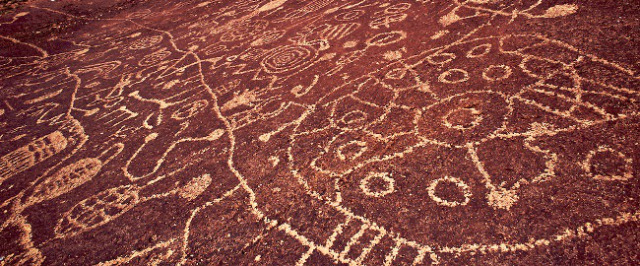
___________________________________________
Natalie Diaz (1980 – ) grew up in the Fort Mojave Indian Village in Needles CA, on the banks of the Colorado River. She is an enrolled member of the Gila River Indian Community of the Mojave. She went to Old Dominion University to participate in their basketball program, and was about to leave for a professional career after earning her BA, when a knee injury gave her six months with a lot of time on her hands outside of rehab. She began attending creative writing workshops with some of her old professors, and discovered her true vocation. After a few years of playing professional basketball in Europe and Asia, she went back to Old Dominion for her MFA. She writes works of fiction, but compares poetry to basketball: “. . . because some of the physical rhythms are similar . . . Poetry still feels very physical to me, because you’re trying to be concise, and every word counts.” Her poetry collection, When My Brother Was an Aztec, was published in 2012.
https://www.poetryfoundation.org/poets/natalie-diaz
___________________________________________
Angels don’t come to the reservation.
Bats, maybe, or owls, boxy mottled things.
Coyotes, too. They all mean the same thing—
death. And death
eats angels, I guess, because I haven’t seen an angel
fly through this valley ever.
Gabriel? Never heard of him. Know a guy named Gabe though—
he came through here one powwow and stayed, typical
Indian. Sure he had wings,
jailbird that he was. He flies around in stolen cars. Wherever he stops,
kids grow like gourds from women’s bellies.
Like I said, no Indian I’ve ever heard of has ever been or seen an angel.
Maybe in a Christmas pageant or something—
Nazarene church holds one every December,
organized by Pastor John’s wife. It’s no wonder
Pastor John’s son is the angel—everyone knows angels are white.
Quit bothering with angels, I say. They’re no good for Indians.
Remember what happened last time
some white god came floating across the ocean?
Truth is, there may be angels, but if there are angels
up there, living on clouds or sitting on thrones across the sea wearing
velvet robes and golden rings, drinking whiskey from silver cups,
we’re better off if they stay rich and fat and ugly and
’xactly where they are—in their own distant heavens.
You better hope you never see angels on the rez. If you do,
they’ll be marching you off to Zion or Oklahoma,
or some other hell they’ve mapped out for us.
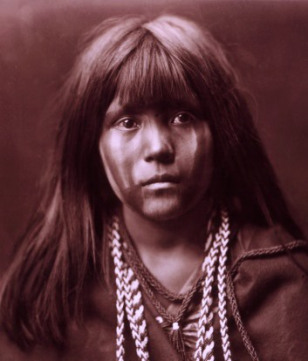
___________________________________________
Simon J. Ortiz (1941 – ), an Acoma Pueblo Indian, was born near Albuquerque NM. Acoma was his first language, and the beginning of his life-long fascination with the oral traditions of story-telling passed down by tribal elders. He attended the University of New Mexico, and earned an MFA from the University of Iowa. He is a leading figure in the Native American literary renaissance that began in the 1960s. Ortiz is the author of numerous books of poetry, including From Sand Creek, which won a Pushcart Prize in 1982, and Out There Somewhere. He has also written short fiction and non-fiction. His autobiography, a blend of poetry and prose, Woven Stone, is widely regarded as his most important work.
https://www.poetryfoundation.org/poets/simon-j-ortiz
___________________________________________
Blind CurseYou could drive blind
for those two seconds
and they would be forever.
I think that as a diesel truck
passes us eight miles east of Mission.
Churning through the storm, heedless
of the hill sliding away.
There isn’t much use to curse but I do.
Words fly away, tumbling invisibly
toward the unseen point where
the prairie and sky meet.
The road is like that in those seconds,
nothing but the blind white side
of creation.
You’re there somewhere,
a tiny struggling cell.
You just might be significant
but you might not be anything.
Forever is a space of split time
from which to recover after the mass passes.
My curse flies out there somewhere,
and then I send my prayer into the wake
of the diesel truck headed for Sioux Falls
one hundred and eighty miles through the storm.
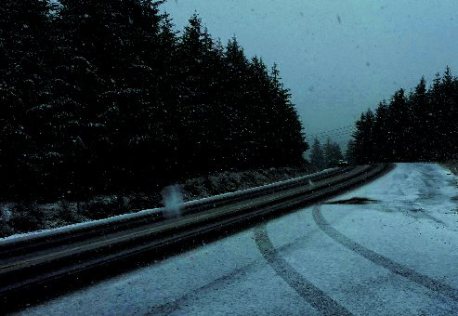
___________________________________________
Ceremonies and rituals are part of every human culture, and ancient stories that pre-date the written word, which have been passed down from the oldest community members to the generation that is growing up.
Many of these traditions have been lost in the “mainstream” culture of America. The extended family has been fractured, separated by distances, scattered all over the continent. The older generation and the youngest ones often only know each other through photographs, emails and phone calls, or a few days’ visit during the holidays. There’s not much time for story-telling or passing on traditions.
So the rhythm of these poems is different from the staccato of city people in their crowded canyons made of steel and glass. You may need to slow down and read them again, to listen for the crackle of an open fire under a heaven full of Spider Woman’s dew-stars. Sometimes in the foreground they are full of the cacaphony of the metropolis, but always in the background, there’s the lull of a slow-drawn breath before the next part of the story.
___________________________________________
VISUALS- Ts’ its’ tsi’ nako weaving dew into her web
- Raindrops on tree leaves
- Sky Rock Petroglyphs, facing the heavens, believed to be Paiute in origin, in the Owens Valley, Eastern Sierra, California
- Mosa, a Mohave girl, photograph by Edward S. Curtis, circa 1903
- Road at dusk during winter snowstorm
Word Cloud photo by Larry Cloud
___________________________________________
Share this:
- More

